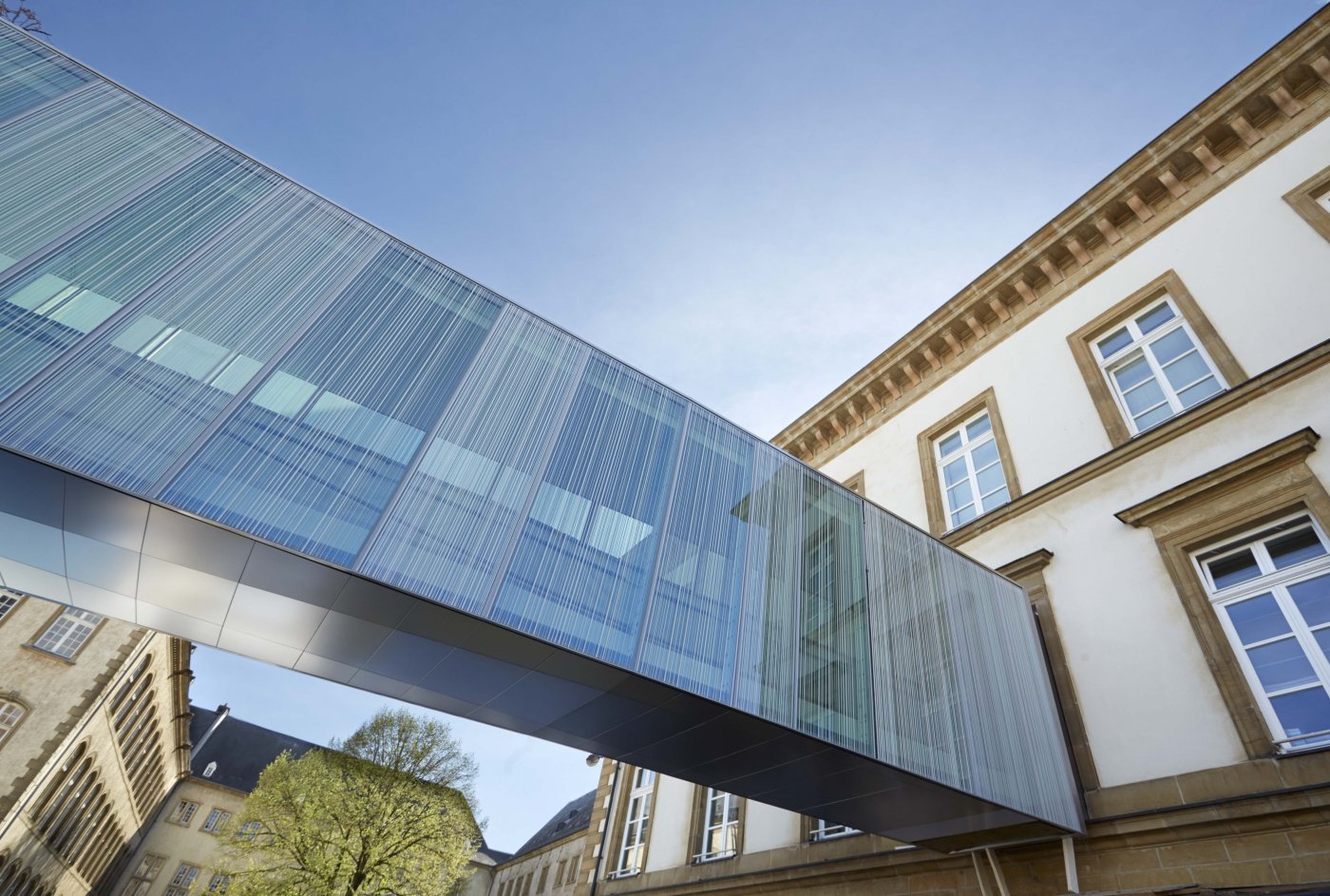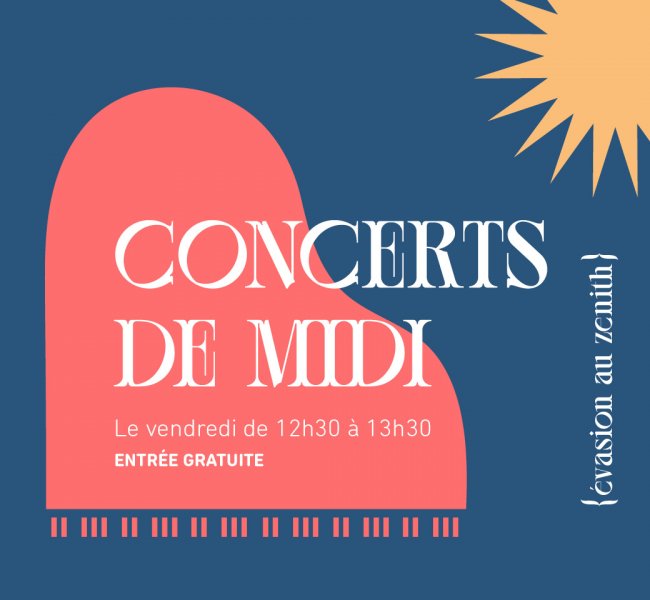Summary record
Video
new cycle lane along Avenue Pasteur
Questions posed by Elisabeth Margue
The need for and possibility of opening a new cycle lane in the Limpertsberg district has been the subject of much political debate. After several meetings between the college of aldermen and the residents of this neighbourhood, an alternative was proposed that takes account of the specific features of the district, and of the residents' needs. As this alternative was welcomed by local residents, it was put to the vote at the municipal council meeting of 24 February 2020.
The implementation of the project that was voted through has been delayed due to lengthy exchanges with the Ministry of the Environment (Ministère de l'Environnement) concerning the removal of certain trees.
A few weeks ago, the City held an information meeting on the roadworks that would be required to build this new cycle lane. Some criticism was expressed at the meeting, and the mayor announced that the project would be re-examined by the relevant departments in light of that criticism.
Also a few weeks ago, the Déi Gréng party distributed flyers in Limpertsberg calling for the installation of a pedestrian priority zone on the route that had already been designated in a vote by the municipal council as the location for a separate and protected cycle lane.
I do not believe the political debate should be reopened, as there has already been sufficient discussion on the matter and consensus had been reached on the building of the cycle lane in question. For Limpertsberg residents, and for cyclists in general, it is important to build a protected cycle lane.
Could you kindly let us know what is planned regarding the project that was approved by the municipal council at its meeting of 24 February 2020?
Response provided by Patrick Goldschmidt
I would like to thank Councillor Margue for this question, as this is an important project, which has a long history. A little over two years ago, the subject of a protected cycle path running via Avenue Pasteur was raised during an exchange between the college of aldermen and the Limpertsberg local interest group (Syndicat d'intérêts locaux de Limpertsberg). In July 2019, a meeting was held with local residents in the Victor Hugo Hall in Limpertsberg. At that meeting, all possible alternatives were discussed. A project was then formulated. The college of aldermen then launched a participatory process and consulted with the residents of Limpertsberg. The Green Party, who are constantly talking about citizen participation, did exactly the opposite by presenting "canned" ideas to the residents in their flyer.
In 2019 and 2020, our departments examined all possible solutions in detail. If you listen to what I said at the municipal council meeting of 24 February 2020 – the recording can be found on the City's website, in the livestream archive, under "circulation" (traffic) – you will note that I presented our approach as a temporary compromise, with which the college of aldermen, the residents and the local interest group had all agreed. I am aware that this is not the best solution, but it is a huge improvement, at least up to the "Lycée des garçons". A permanent solution can only be found when one or more of the schools relocate from Limpertsberg, which would result in fewer buses operating along the route. The fact that the Green Party's flyer says they voted against the project at the municipal council meeting of February 2020, when in actual fact they abstained, demonstrates just how dishonest the Green Party are.
At the time, we applied to the various ministries for the required authorisations, and one of the applications remained unanswered for quite some time. However, in June 2021, we had a meeting with the minister responsible for this matter, and a solution was quickly found. The implementation project was then drawn up by the City's Service Voirie (Department of Streets) and was scheduled to be presented to local residents at a site meeting on 13 June.
However, the pandemic saw the start of a new chapter in the saga: the college of aldermen authorised all restaurant and café operators to set up terraces in front of their establishments. A café operator objected to the building of a cycle lane that would pass in front of their establishment, since it would have meant that they could not set up a terrace. This is why, at the meeting on 13 September, the mayor announced that the City would re-examine the project in detail. It was announced that the residents of Limpertsberg would be invited to meet with City representatives again a few weeks later to find a better solution. In reviewing the project, the City would take account of bus traffic and examine whether all of the existing restaurant and café terraces could remain in place once the cycle lane, as approved by the municipal council, is built. We believe that solutions exist, and we plan to present them next Saturday at a meeting in the Studio of the Grand Théâtre. This meeting is open to everyone. At this meeting, we plan to explain again why some solutions are not viable, and give residents an opportunity to express their views.
We have counted the number of school buses operating in the area: every day, from Monday to Friday, more than 200 buses travel up and/or down Avenue de la Faïencerie, Avenue Victor Hugo and Avenue Pasteur. For return trips, most of the buses (140) use Avenue Pasteur, the lower part of which is very narrow, hence the need to build a lane that is safe for cyclists. The college of aldermen does not want buses using either Avenue de la Faïencerie or Avenue Victor Hugo. When most of the schools relocate, we will have more options for organising traffic in Limpertsberg.
I appeal to the opposition to work with us. It is a pity that the opposition chose to abstain when the temporary solution that we proposed was put to the vote, since we could have done something for cyclists in the short term. The proposal that the Green Party presented in their flyer would require infrastructural works that would take two to three years to complete. Due to the opposition's lack of support, we have missed an opportunity to improve conditions for cyclists.
electromagnetic fields in Luxembourg City
Question posed by Guy Foetz
The 2019 environmental report notes that the development of mobile telephone networks has rekindled fears among citizens regarding the health effects of electromagnetic (EM) fields, and more so with the impending rollout of 5G technology. Consequently, the City has acquired a new device designed to measure EM radiation. It has also responded to the Luxembourg government's call for applications for pilot projects in connection with 5G technology.
Among other things, the City's 2020 Environmental Action Plan includes monitoring and controlling EM pollution in the public space, through the radiofrequency (RF) mapping tool and the EM field charter; applying the "Hot City" EM field charter; and reintroducing the mobile telephony RF mapping tool as part of the 5G technology/Smart Cells project (a pilot project submitted in response to the national call for projects).
What are the results of the EM field measurements in Luxembourg City, and how have these levels evolved over time? Has there been an increase in EM pollution that could be harmful to health? What is the current situation as regards the monitoring and prediction of EM fields emitted by 5G technology? What progress has been made with regards to the pilot project to reintroduce the mobile telephony RF mapping tool as part of the implementation of the 5G/Smart Cells project?
Response provided by Serge Wilmes
First of all, allow me to point out that, by law, responsibility for measuring EM fields, monitoring compliance with threshold values and preventing harmful effects to health does not lie with the City of Luxembourg, but with the state. That said, the City has been carrying out such measurements on a voluntary basis since 2009.
The mobile telephony RF map established in 2009 provides information on EM fields across the entire territory of Luxembourg City. The initial plan was to update this map at regular intervals, but unfortunately this has not yet been possible due to lack of support on the part of the national authorities and mobile telephone operators. Discussions have been held with these stakeholders, but there is still more work to be done.
There are ten measurement points in Luxembourg City. However, the measurements recorded in the last few years – which are available for all to see on the City's website – do not reveal a clear trend, and are insufficient to draw any statistical conclusions, given that the measurements were sporadic and the number of measurement points insufficient.
The issue of the threshold value beyond which EM radiation becomes harmful to health is difficult to resolve for the City's departments, as there is no consensus on this point, even within the scientific community. The only thing on which there seems to be a consensus is that there is no risk to health below the threshold of 0.6 volts per metre. The City has taken steps to ensure that this threshold is not exceeded when Hot City antennas are installed.
As 5G technology is still very recent, standardised measurement protocols have not yet been established. The City is currently preparing a pilot project to make the "Urban Timetravel" virtual reality service compatible with 5G technology – not only to demonstrate that it is technically feasible, but also to measure the resulting radiation with the help of an external technical consultancy firm. Both the government and mobile telephone operators are involved, and we plan to seize this opportunity to update the mobile telephony RF map to include 5G technology.
There is, therefore, a willingness on the City's part, to be more actively involved in this area and collect more data, but we depend on other players.
Question posed by Guy Foetz
Would it be possible to at least provide us with the existing data and to discuss the matter at a meeting of the relevant advisory committee?
Response provided by Lydie Polfer
We would be delighted to do so, even though, as has been said before, we have no significant data at our disposal.
anchoring of terrace separators at a wine bar
Question posed by Tom Krieps
I would like to draw your attention to a case where the operator of a wine bar on Place d'Armes has anchored their terrace separators by screwing them into the ground. I find that practice highly questionable. Doing so signals that the structures are intended to be permanent. Even though the screws can be subsequently removed, these securely anchored terrace separators are, in my view, a potential hazard. When streets are crowded, people could injure themselves by bumping into these structures. I have attached a picture to my written question. Is anchoring terrace separators in this way in compliance with current regulations?
Response provided by Lydie Polfer
I would like to thank Councillor Krieps for his diligence, as this situation does indeed contravene current regulations. The surface area of the terrace in question is compliant, but not the method used to anchor the separators. Immediately after receiving Councillor Krieps' written question, our services contacted the owner of the establishment. The owner pointed out that the installation had already existed under the previous owner's tenure. He nevertheless undertook to remove the separators before the start of next season. Due to the coronavirus pandemic, the delivery of new separators could take some time. As a reminder, only the City of Luxembourg is authorised to anchor structures of this type, and other similar structures – such as the flower planters on Place d'Armes – to the ground.
"Call-a-Bus" service
Question posed by Guy Foetz
The "Call-a-bus" service – which is also known by its previous name, "Rollibus" – is a door-to-door public transport service intended for wheelchair users and Luxembourg City residents aged 70 or over.
According to some rumours, the number of regular users of the service has declined significantly. It also seems that some neighbouring municipalities no longer wish to share the operating costs, and have not renewed their agreements with the City in this matter.
How true are these rumours? If they are true, can you tell us the reasons? What are the City's plans regarding the future of the "Rollibus" service?
Response provided by Patrick Goldschmidt
In March 2020, the "Call-a-bus" service was made free for wheelchair users. Users over the age of 70 pay €6 per trip. If a user calls for a bus but is not at the agreed pick-up point, the City will bill them cancellation fees (€2 for wheelchair users, and €6 for users over the age of 70).
Around 750 people have signed an agreement with the City to use the service. It is not true that the number of users has declined. On the contrary, before 2020, the "Rollibus" was used by 69 persons a month, on average, whereas today the average number of users per month is 86.
"Call-a-bus" buses for the over-70s no longer serve neighbouring municipalities. This has been the case since July 2021. The service will continue to be available to wheelchair users in neighbouring municipalities that have entered into an agreement with the City – i.e. Hesperange, Niederanven, Bertrange, Walferdange and Strassen. Up until 2014, the municipalities of Steinsel and Sandweiler also had agreements with the City.
"PackUp 24/24" stations in Luxembourg City
Question posed by François Benoy
Post Luxembourg currently operates a network of over 110 "PackUp 24/24" stations throughout the country. Once a parcel is delivered to one of these stations, it remains there for 7 days and can be collected at any time, day or night. In Luxembourg City, there are 13 "PackUp 24/24" stations and 9 "PackUp" stations with reduced opening hours. These stations are unevenly distributed across Luxembourg City. More "PackUp" stations would not only be more practical for users, but would also reduce delivery-van traffic all over the city and around post offices. What is the college of aldermen's position on "PackUp" stations in Luxembourg City? Is the City in contact with Post Luxembourg, aiming to extend the network of stations within its territory to serve all districts? Does the City plan to make municipal property available for that purpose? What other strategies is the college of aldermen considering to reduce delivery-van traffic in Luxembourg City?
Response provided by Lydie Polfer
Post Luxembourg would need a building permit to open a new "PackUp" station. Special rules have been established in consultation with Post Luxembourg. New "PackUp" stations may be opened in mixed-use zones, economic activity zones and the Gare district. Priority is given to the opening of new stations in the vicinity of major road arteries. A map showing their exact locations could be presented to the members of the relevant advisory committee. In principle, the opening of new "PackUp" stations is not authorised in residential areas. There is, however, one exception: in Rue Yolande, where a station was opened on a plot of land owned by Post Luxembourg, listed as a BEP (public buildings and facilities) zone. The City has received complaints from residents concerning this station, which had nevertheless been duly authorised. The City will try to prevent such a situation from occurring again in the future. Discussions are currently ongoing with Post Luxembourg. Other economic operators should be treated in the same way. While the impact of e-commerce on local businesses is regrettable, the City must accept this reality, and is adapting to it as best it can.












